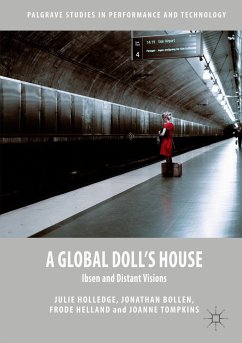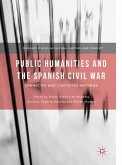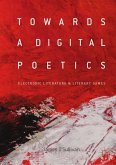This book addresses a deceptively simple question: what accounts for the global success of A Doll's House, Henrik Ibsen's most popular play? Using maps, networks, and images to explore the world history of the play's production, this question is considered from two angles: cultural transmission and adaptation. Analysing the play's transmission reveals the social, economic, and political forces that have secured its place in the canon of world drama; a comparative study of the play's 135-year production history across five continents offers new insights into theatrical adaptation. Key areas of research include the global tours of nineteenth-century actress-managers, Norway's soft diplomacy in promoting gender equality, representations of the female performing body, and the sexual vectors of social change in theatre.
"This book, using digital data analytics as a major methodological tool, opens an entirely new door to the Ibsen research of the future. The writing style is very concise and scientific, yet leaves space for playfulness and surprise. ... The book includes not only rigorous scholarly narratives, but also visualized graphs, maps, and networks that allow us to understand patterns, structures, and models of Ibsen's global success from a metaphorical bird's-eye view." (Antje Budde, Theatre Journal, Vol. 70 (2), June, 2018)
"The book can be considered an invitation to discover new methodological ways to approach Humanities and a complex vision upon Ibsen's plays. Indeed, the rich distant view proposed by A Global Doll's House praises the global experience not only as an encounter between local cultures, but also as the full expression of both the controversial and heterogeneous aspects that make them unique." (Gianina Dru a, Metacritic Journal For Comparative Studies And Theory,Vol. 3 (2), December, 2017)
"A Global Doll's House provides a welcome consideration of how the varied forces of performance venues, financial and symbolic capital, and cultural constructions of motherhood and the female body around the world have acted as external constraints on the artistic diversity of performances and adaptations. ... The book thus offers an innovative and thoughtful way to approach the production history of a single play using digitized records, and it will be very useful for future scholars working on similar projects." (Dean Krouk, Modern Drama, Vol. 60 (04), 2017)
"A Global Doll's House with its theoretical and analytical approach is an invaluable contribution to the field of Ibsen studies. While the book identifies the conventional explanations of the play's global success, with a close examination of photographs, maps, graphs or networks, it incorporates new methods in Digital Humanities and a deeperinterrogation of digitised production records." (Mariam Zarif, The British Society for Literature and Science, bsls.ac.uk, 2016)
"The book can be considered an invitation to discover new methodological ways to approach Humanities and a complex vision upon Ibsen's plays. Indeed, the rich distant view proposed by A Global Doll's House praises the global experience not only as an encounter between local cultures, but also as the full expression of both the controversial and heterogeneous aspects that make them unique." (Gianina Dru a, Metacritic Journal For Comparative Studies And Theory,Vol. 3 (2), December, 2017)
"A Global Doll's House provides a welcome consideration of how the varied forces of performance venues, financial and symbolic capital, and cultural constructions of motherhood and the female body around the world have acted as external constraints on the artistic diversity of performances and adaptations. ... The book thus offers an innovative and thoughtful way to approach the production history of a single play using digitized records, and it will be very useful for future scholars working on similar projects." (Dean Krouk, Modern Drama, Vol. 60 (04), 2017)
"A Global Doll's House with its theoretical and analytical approach is an invaluable contribution to the field of Ibsen studies. While the book identifies the conventional explanations of the play's global success, with a close examination of photographs, maps, graphs or networks, it incorporates new methods in Digital Humanities and a deeperinterrogation of digitised production records." (Mariam Zarif, The British Society for Literature and Science, bsls.ac.uk, 2016)







